Every hunter’s been there—you see a rifle that looks great on the rack, feels decent in your hands, and the salesman swears it’ll shoot lights-out. Then you get it home, sight it in, and realize you’ve made a mistake. Maybe it’s the trigger, maybe the stock flexes like a willow branch, or maybe the thing just won’t group tighter than a dinner plate. On paper, these rifles check all the boxes, but in the real world, they disappoint.
Some rifles earn their bad reputation slowly, others do it the first time you try to clean them. Hunters regret these guns not because they’re worthless, but because they promise more than they deliver. They’re the kind you end up pawning off, trading away, or letting sit in the back of the safe. Here are a dozen rifles that look appealing in the gun shop but leave hunters frustrated once the excitement wears off.
Ruger American Ranch (Gen 1)
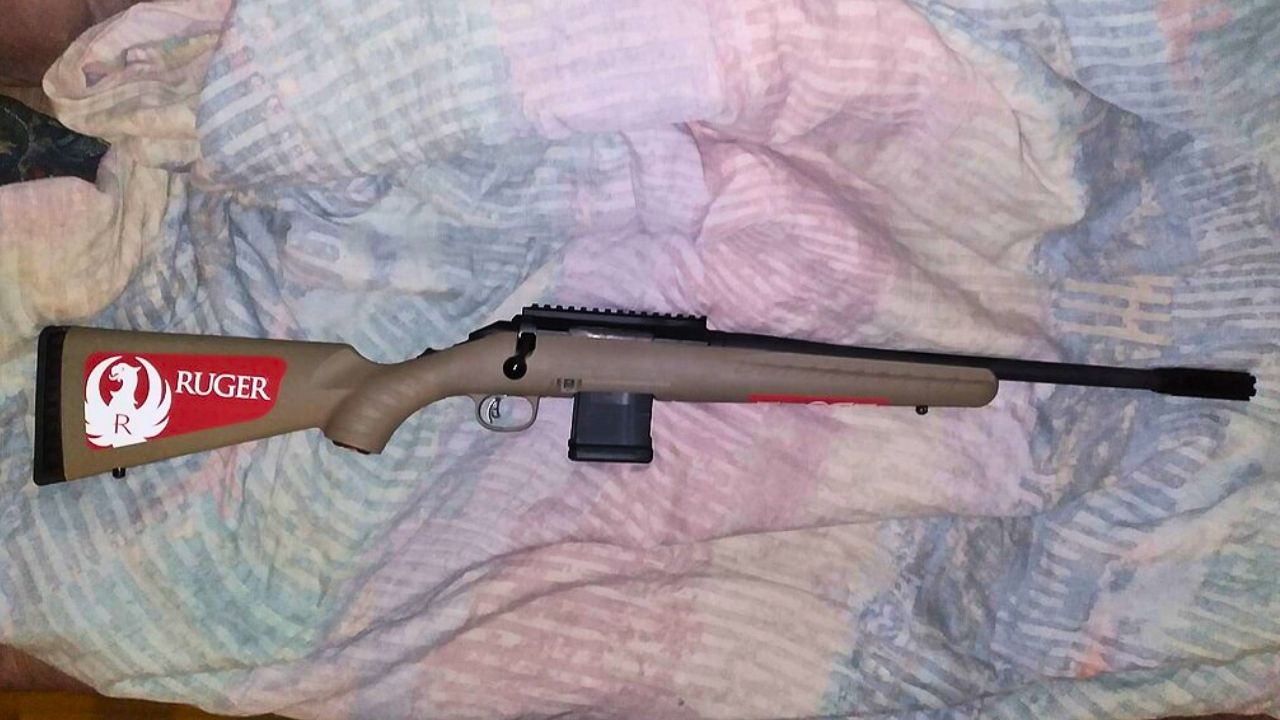
The Ruger American Ranch has plenty of fans now, but the early models left a bad taste for many. The original polymer magazines were fragile and often failed to feed properly, especially in .450 Bushmaster or 7.62×39. The stocks flexed enough to touch the barrel under bipod pressure, ruining accuracy.
The rifles were lightweight, but that came with heavy recoil in larger calibers. Between the harsh kick, poor magazine design, and inconsistent bedding, plenty of early buyers moved theirs down the road fast. Ruger has since corrected many of these issues, but the Gen 1 Ranch rifles became lessons in how not to cut corners on materials.
Mossberg Patriot
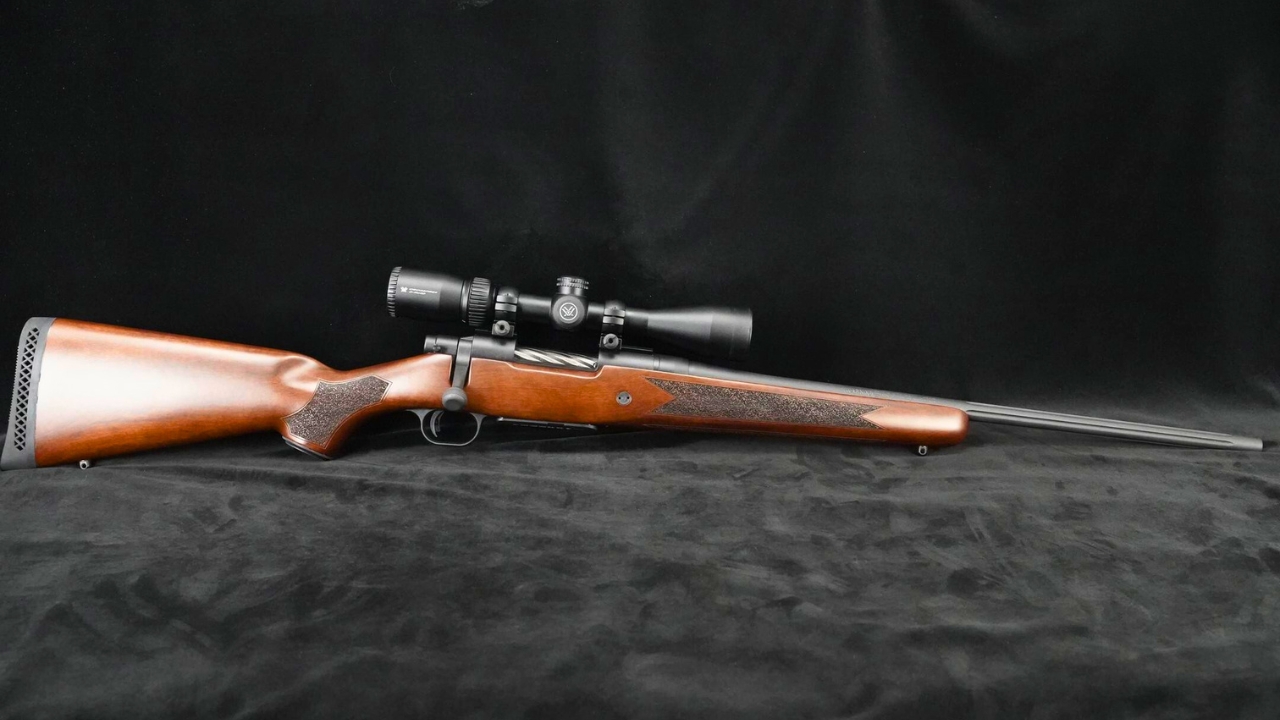
The Mossberg Patriot looked like a great value rifle—and in theory, it was. In practice, the bolt often binds, the trigger feels unpredictable, and the synthetic stock is prone to warping. While accuracy is sometimes acceptable, it’s rarely repeatable once the rifle heats up or takes a few bumps.
Many hunters also report the finish wearing quickly, especially in wet climates. Rust around the muzzle and action screws isn’t uncommon after just a few seasons. For a rifle marketed as “rugged,” it struggles to live up to that promise. It’s an example of a rifle that looks better on the shelf than it performs in the field.
Remington 742 Woodsmaster
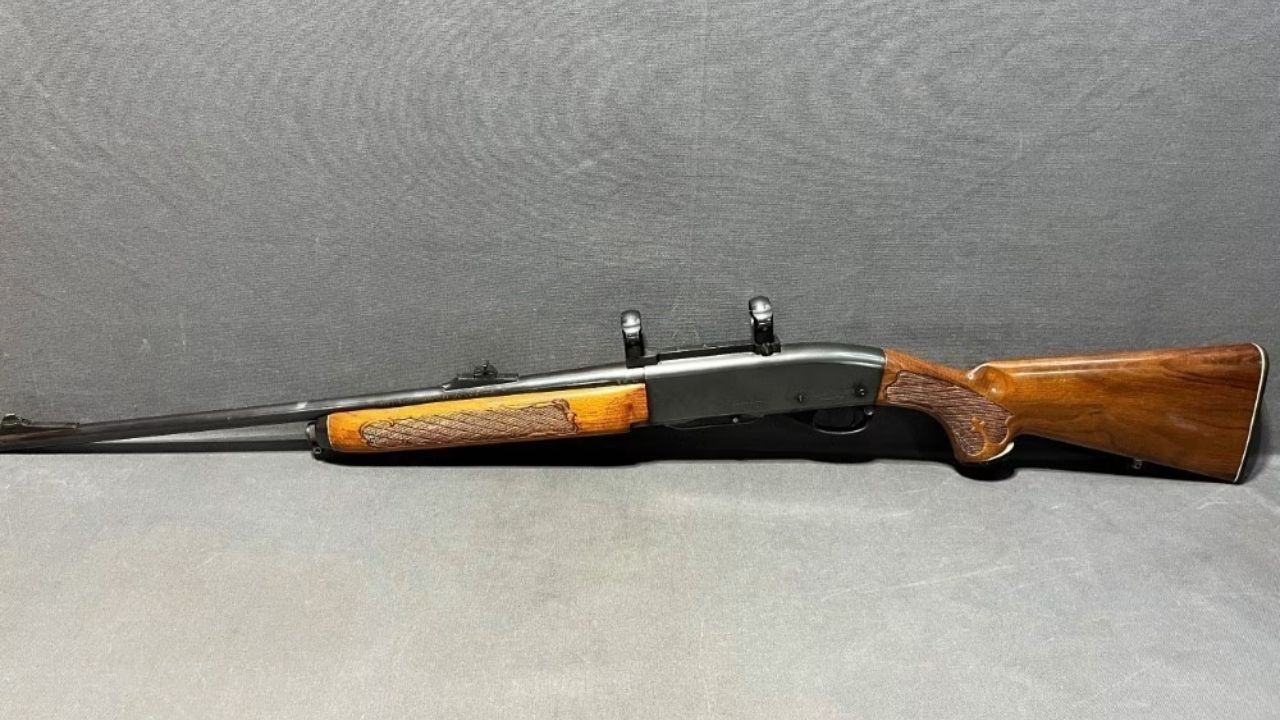
The 742 Woodsmaster had its loyalists, but it’s one of the most regretted rifles in Remington’s history. The semi-auto design was ahead of its time, yet the aluminum receiver couldn’t handle long-term wear. The bolt rails often gouged into the receiver, eventually locking the gun up completely.
When it ran, it shot beautifully, but once wear set in, it was unrepairable. Finding parts today is nearly impossible, and few gunsmiths will even touch them. Many hunters bought one after hearing family stories about the old 742s, only to realize theirs was destined for a wall mount rather than the deer woods. It’s nostalgic—but not practical anymore.
Savage Axis
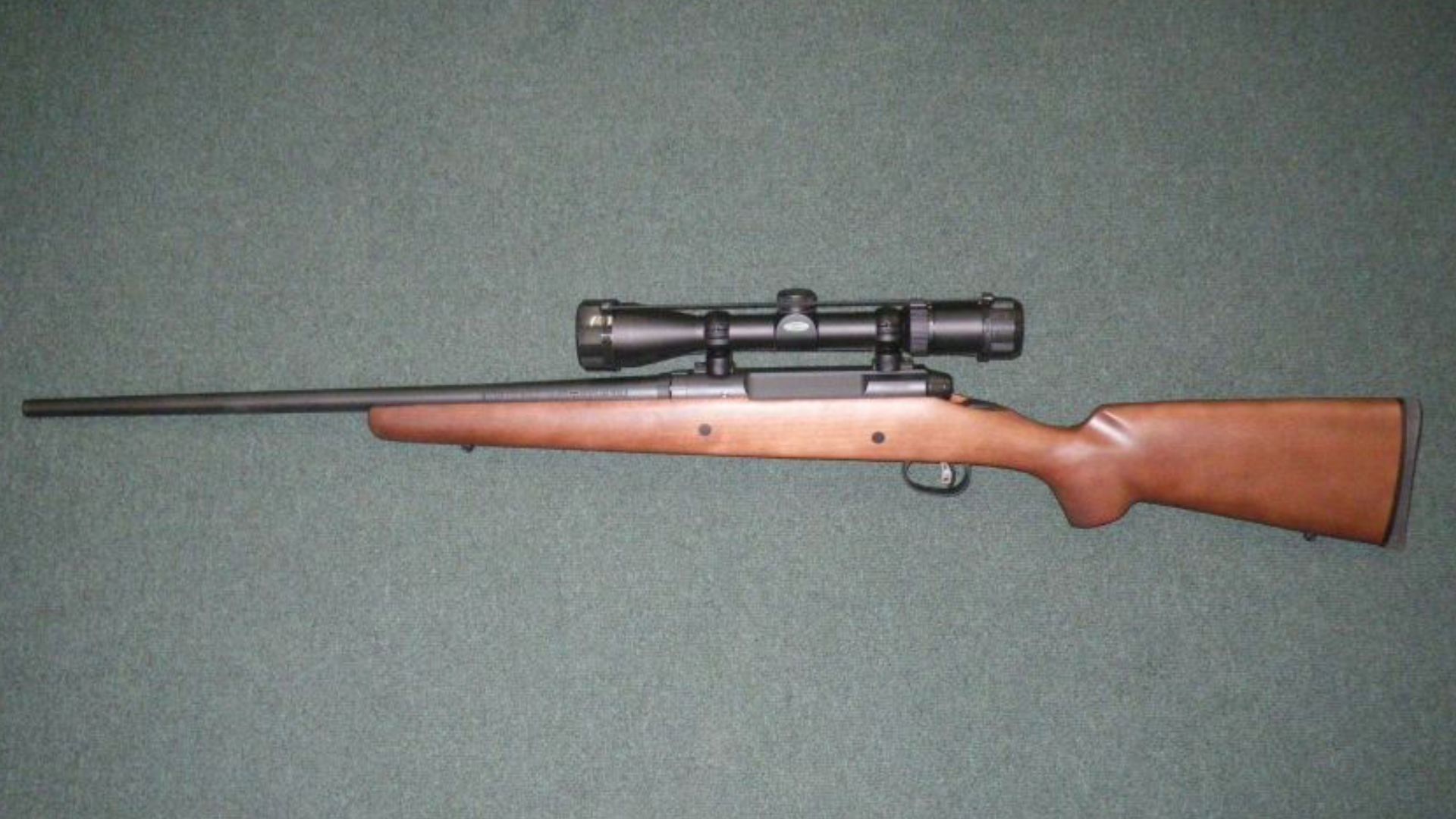
The Savage Axis sells well because of its price tag, but that’s where the good news ends. The trigger is gritty, the stock flexes, and the bolt lift is awkward. Accuracy can be fair, but it’s inconsistent, especially once you start trying different ammo. The factory scope combo models were notorious for losing zero after mild bumps.
The rifle’s lightweight frame makes recoil feel sharper than it should, especially in .30-06 or .308. Most hunters buy one as a first rifle and outgrow it fast. Once you’ve handled a smoother action or a more solid stock, the Axis feels cheap in every sense. It’ll get the job done, but you’ll be shopping for an upgrade before long.
Thompson Center Compass
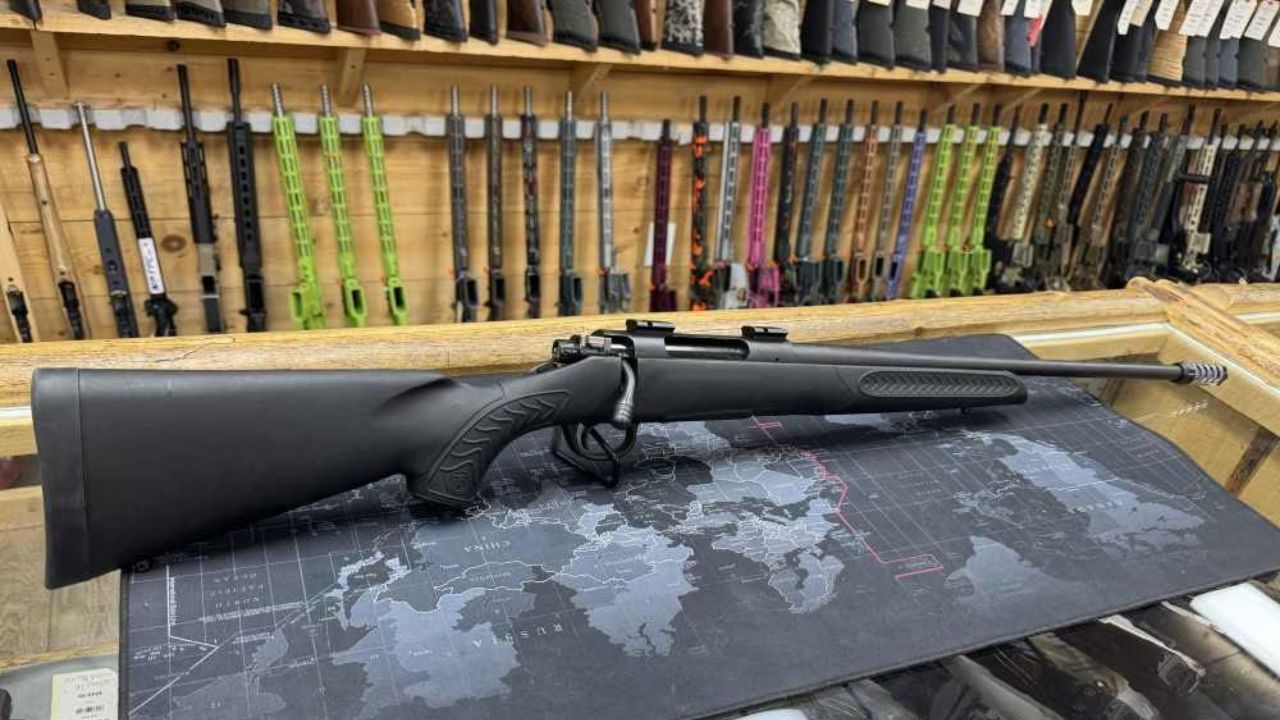
The T/C Compass had a promising start but didn’t deliver where it mattered most—accuracy and durability. The threading on the barrels was often inconsistent, and the factory crown work was sloppy. Triggers felt spongy, and many rifles suffered from poor bedding that caused wandering zeros.
Hunters also discovered that the synthetic stocks were soft enough to flex against the barrel when using bipods or sling tension. The result? Random fliers and groups that fell apart past 150 yards. Some shooters managed to fix them with aftermarket triggers and bedding jobs, but that defeated the “budget rifle” idea. It’s one of those rifles that teaches the hard lesson that cheaper isn’t always better.
Browning A-Bolt II Stainless Stalker
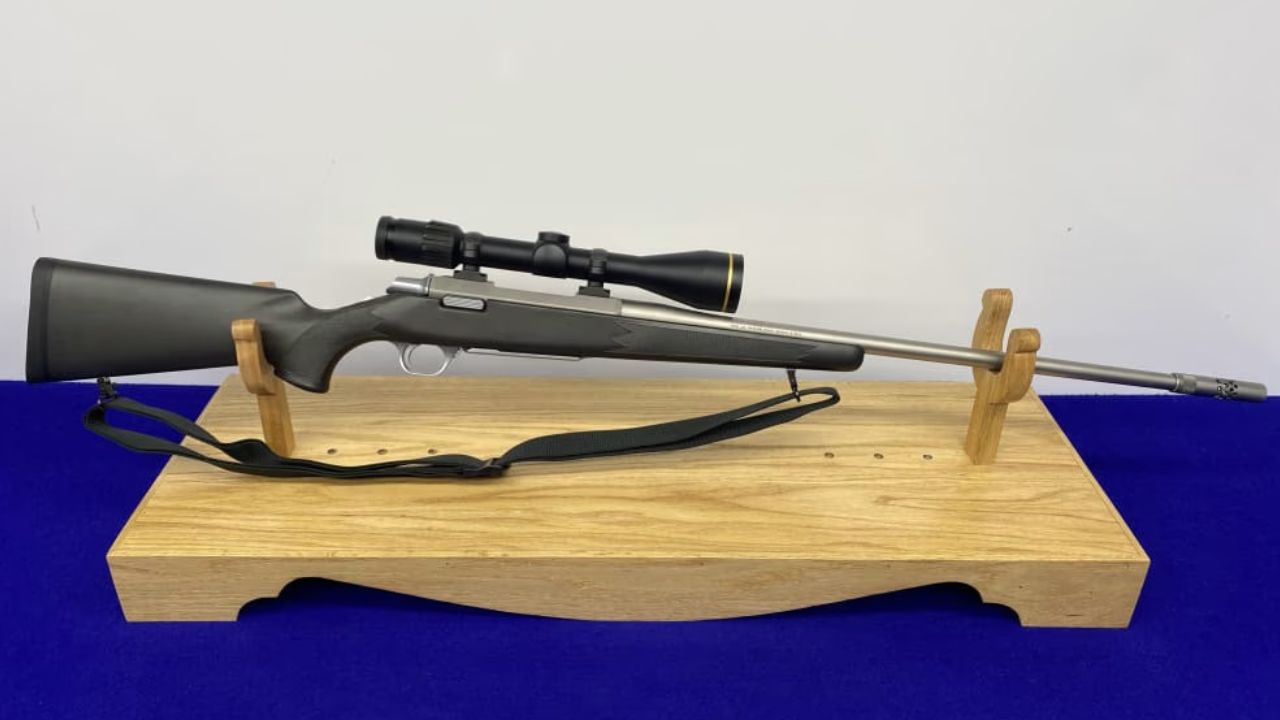
The Browning A-Bolt II Stainless Stalker looks like a premium rifle—and in some ways, it is—but maintenance costs and finicky accuracy make it one many hunters regret. The trigger group and bolt assembly are complicated to clean, and moisture can easily work its way under the stock bedding. Once rust starts, it’s tough to stop.
While the rifle’s fit and finish are nice, it’s extremely picky with ammo. Some A-Bolts group beautifully; others scatter shots no matter what you feed them. When you’re paying Browning money, inconsistency like that is hard to swallow. It’s a rifle that frustrates more hunters than it satisfies.
Weatherby Vanguard Synthetic
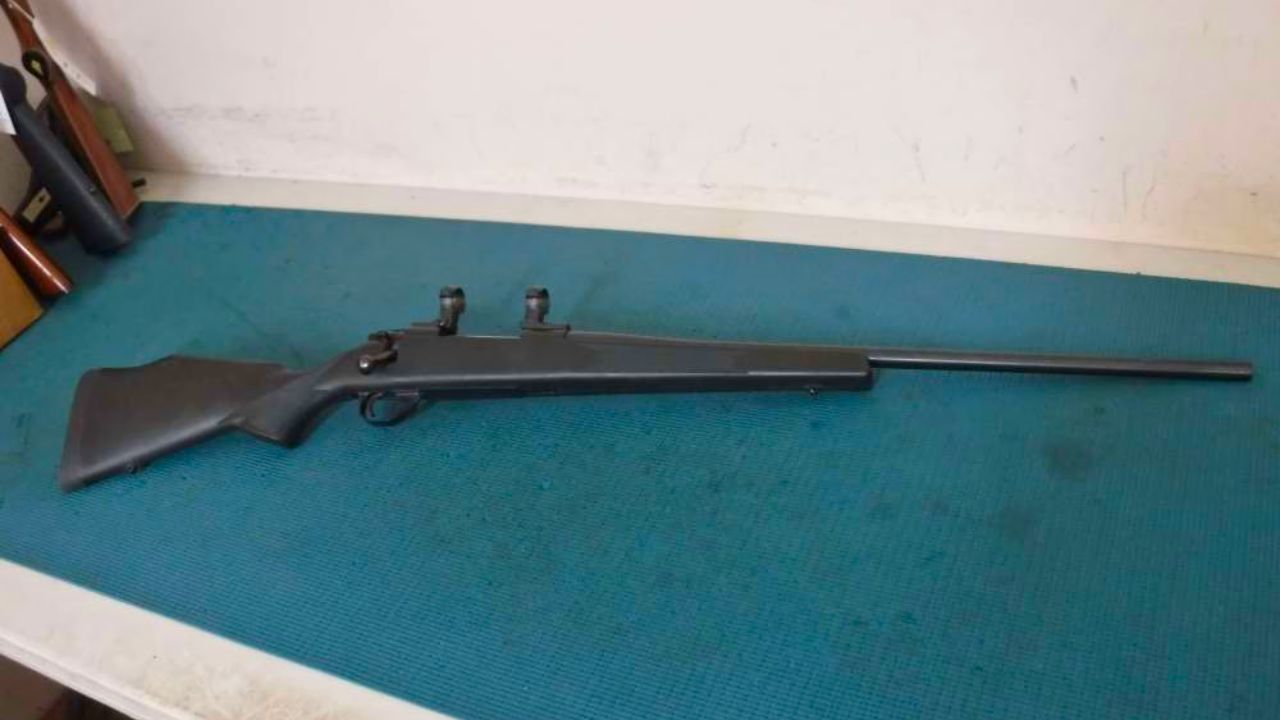
Weatherby’s Vanguard line is usually solid, but the basic Synthetic models often disappoint. The injection-molded stocks feel hollow, and accuracy can be inconsistent until you find the one load it likes. That’s fine for range use, but frustrating for a hunting rifle where you might not get a second chance.
They’re also heavier than they look, and the rough bolt throw makes follow-up shots slow. Hunters expecting a “budget Weatherby” often walk away disappointed after their first season. With a better stock and trigger, it’s a good platform—but right out of the box, it feels unfinished.
Winchester XPR
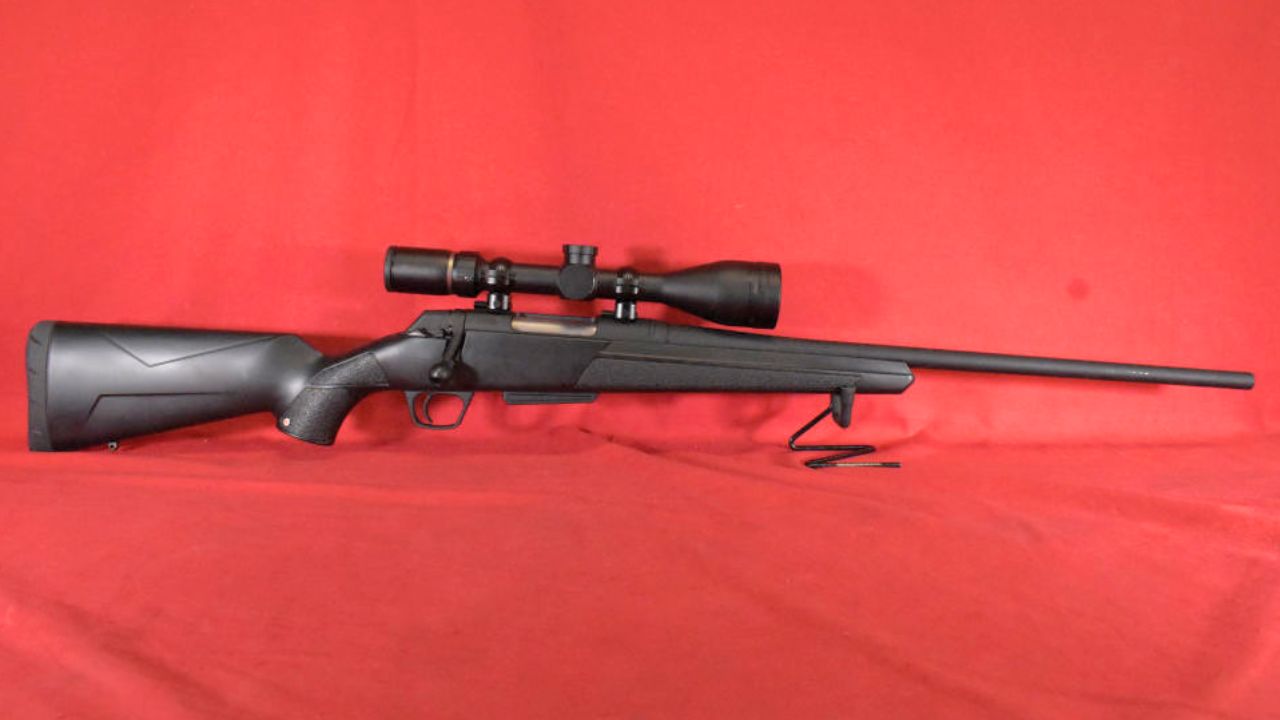
The Winchester XPR had high expectations, but it hasn’t earned much love from serious hunters. The polymer stock feels cheap, and the action has a stiff, gritty feel that doesn’t smooth out over time. Accuracy is average at best, and the rifle’s balance makes it awkward for offhand shots.
What really hurts it, though, is long-term reliability. Moisture can creep into the trigger housing and cause corrosion, leading to inconsistent pull weights. It’s marketed as a rugged, no-nonsense rifle, but it doesn’t hold up well in the field. Many hunters end up selling theirs to fund a better-built option after one frustrating season.
Kimber 84M Hunter
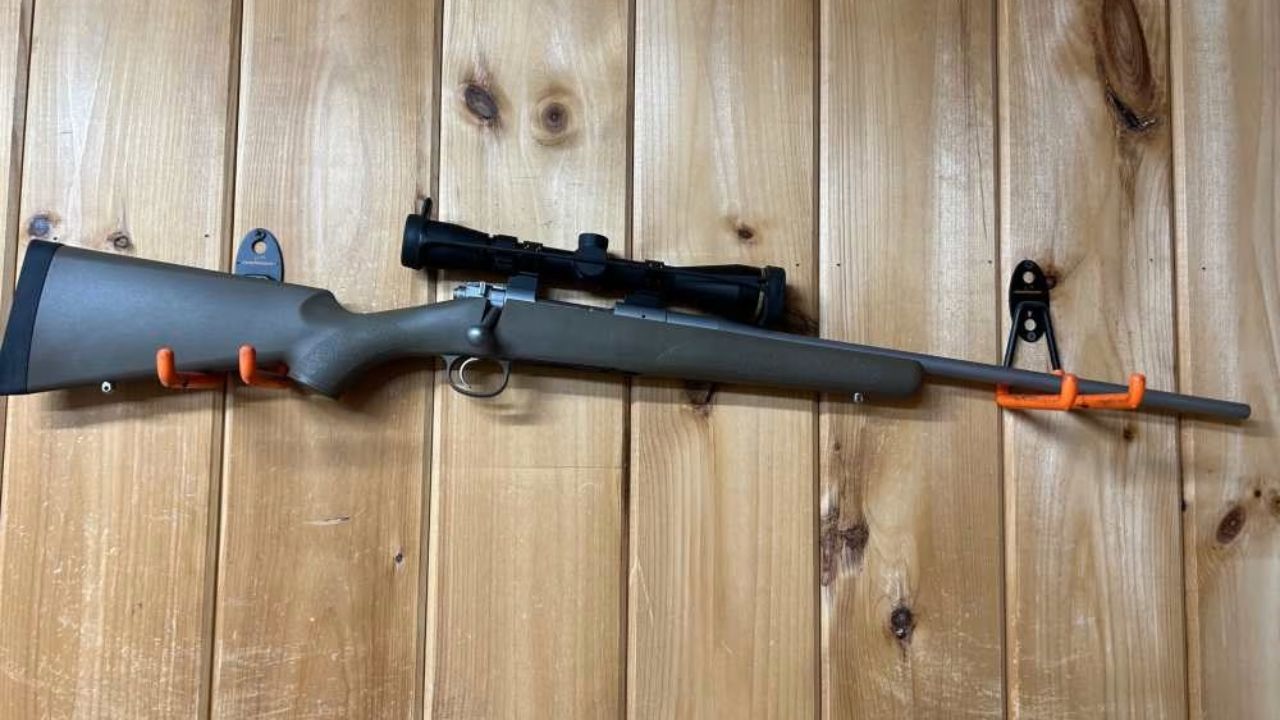
The Kimber 84M Hunter is lightweight and good-looking, but that’s where the praise stops for a lot of hunters. The carbon-fiber reinforced stock is too flexible, and the rifle’s ultralight build leads to punishing recoil in larger calibers. Combine that with a finicky magazine and tight tolerances, and it’s not the most forgiving rifle to run.
The accuracy potential is there, but it’s extremely ammo-sensitive. If you don’t handload, you’ll likely struggle to find factory rounds that group well. It’s a premium rifle that behaves more like a prototype in the field—great when it works, but frustratingly inconsistent. Hunters who bought it expecting a featherweight dream rifle often learned to leave it in the safe.
Remington Model 783
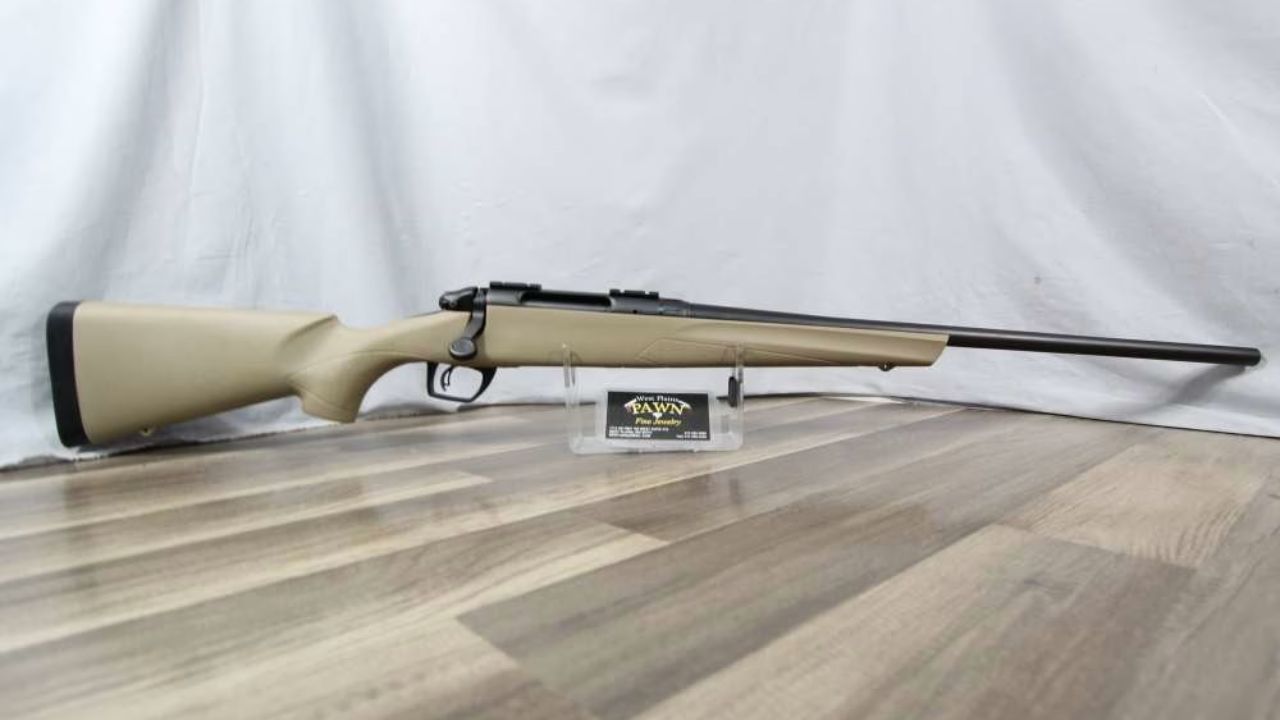
The Model 783 was Remington’s attempt to compete with the Ruger American and Savage Axis, but it came up short. The bolt feels clunky, and the action lacks the smoothness hunters expect from a Remington. The trigger is passable, but accuracy varies wildly between rifles, even in the same caliber.
The stock flexes under sling pressure, and the bedding system feels rushed. It’s not uncommon to see point-of-impact shifts after just a few shots. It’s a rifle that can be made decent with time and effort—but few hunters want to invest that much in what was supposed to be an affordable, ready-to-go hunting rifle.
Browning BAR MK 3
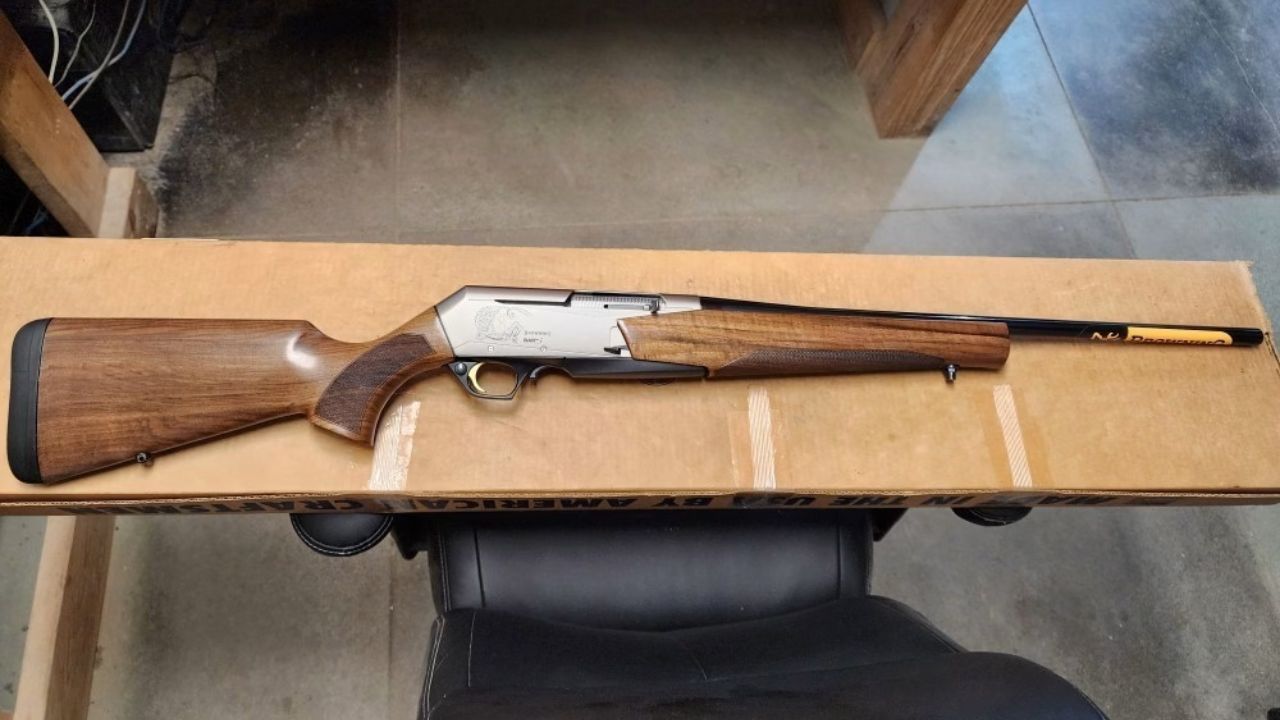
The Browning BAR MK 3 looks impressive and has a long lineage, but the new versions aren’t as dependable as the old ones. They’re overly complex for a hunting rifle, with tight tolerances that don’t mix well with mud, cold, or carbon fouling. If you don’t clean it meticulously, expect jams.
It’s also one of the most expensive rifles in its class, and repair parts are costly. The accuracy is decent, but for the price and maintenance demands, many hunters find themselves regretting the purchase after the first hard season. It’s elegant but impractical—a rifle that looks great on paper yet demands more care than most hunters want to give.
Remington 770
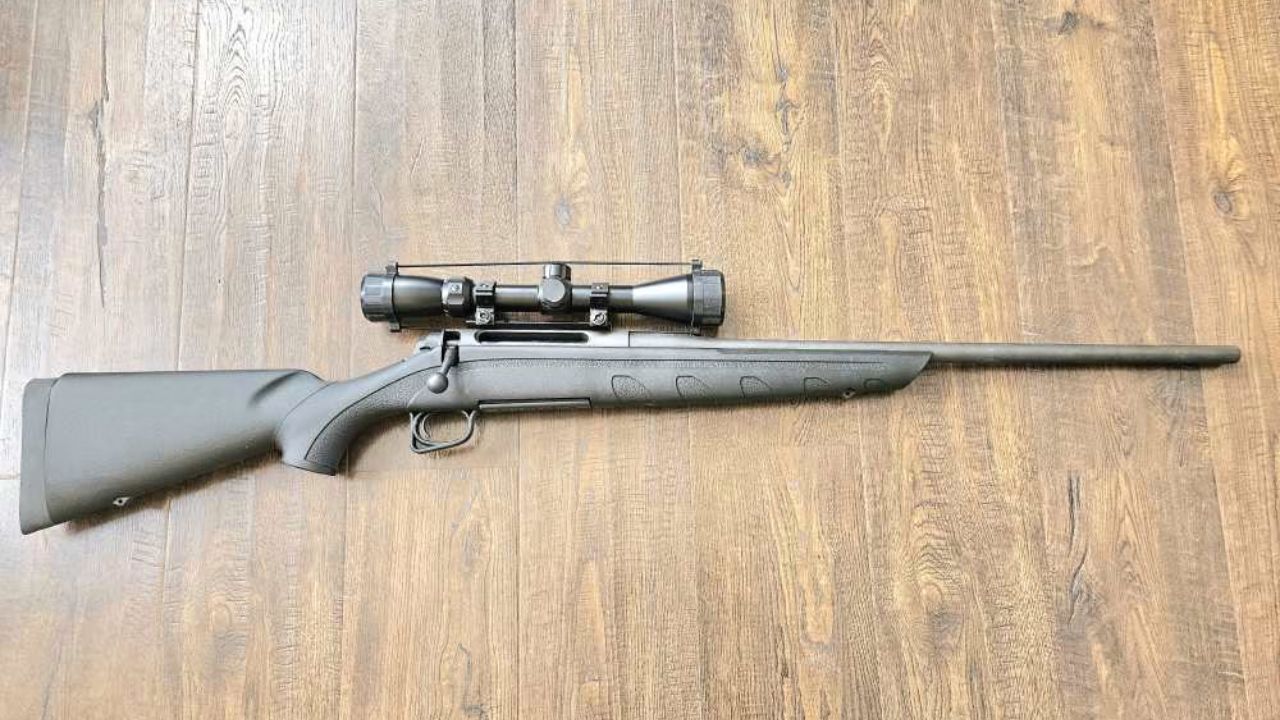
The Remington 770 was designed to be an affordable hunting rifle, but it’s one most hunters wish they’d passed on. The action feels rough, the bolt is sticky, and the cheap plastic stock flexes under pressure. Accuracy is hit-or-miss—some group decently, others can’t hold a pattern under two inches at 100 yards.
The scope package that came with most of them didn’t help either. The optics were low-end, and the mounts rarely held zero after a few shots. Cleaning is another chore since the bolt isn’t easily disassembled. Many hunters bought it as a “budget backup,” only to find it wasn’t dependable enough even for that role. If you find one in a pawn shop, there’s a reason it’s there.
Like The Avid Outdoorsman’s content? Be sure to follow us.
Here’s more from us:
Calibers That Shouldn’t Even Be On the Shelf Anymore
Rifles That Shouldn’t Be Trusted Past 100 Yards
*This article was developed with AI-powered tools and has been carefully reviewed by our editors.






